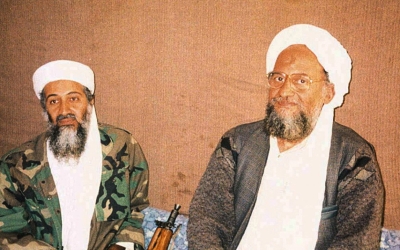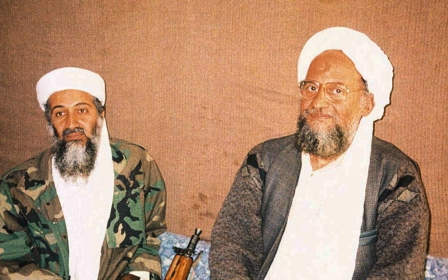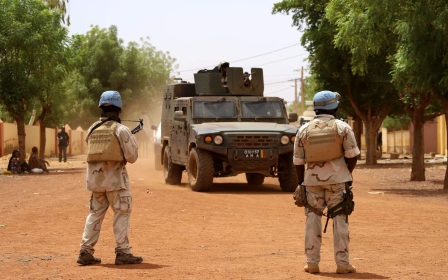Ayman al-Zawahiri: Details of how the CIA identified and killed al-Qaeda leader revealed

Al-Qaeda leader Ayman al-Zawahiri was killed in a US drone strike in Afghanistan over the weekend, US President Joe Biden has confirmed.
Zawahiri had been in hiding for years, and the operation to locate and kill him was the result of "careful patient and persistent" work by the counter-terrorism and intelligence community, a senior US administration official told reporters.
Until the announcement, Zawahiri had been rumoured variously to be in Pakistan's tribal area or inside Afghanistan.
Speaking on condition of anonymity, the official told Reuters that for several years the US government had been aware of a network that it assessed supported Zawahiri, and over the past year, following the US withdrawal from Afghanistan, officials had been watching for indications of al-Qaeda's presence in the country.
This year, officials identified that Zawahiri's family - his wife, his daughter and her children - had relocated to a safe house in Kabul, and Zawahiri was subsequently identified at the same location, the official said.
Over several months, intelligence officials grew more confident that they had correctly identified Zawahiri at the Kabul safe house, located in the Shirpoor neighbourhood of the capital, and in early April started briefing senior administration officials.
National Security Advisor Jake Sullivan subsequently briefed Biden.
"We were able to build a pattern of life through multiple independent sources of information to inform the operation," the official said.
Officials investigated the construction and nature of the safe house and scrutinised its occupants to ensure the US could confidently conduct an operation to kill Zawahiri without threatening the structural integrity of the building and minimizing the risk to civilians and Zawahiri's family.
Once Zawahiri was at the Kabul safe house, officials were not aware of him leaving it, and they identified him on its balcony, where he was ultimately struck, on multiple occasions, the official said.
Model of the safe house created
According to the official, Biden in recent weeks had convened meetings with key advisers and cabinet members to scrutinise the intelligence and evaluate the best course of action.
On 1 July, the president was briefed on a proposed operation in the White House Situation Room by members of his cabinet, including CIA Director William Burns.
Biden "asked detailed questions about what we knew and how we knew it" and closely examined a model of the safe house the intelligence community had built and brought to the meeting, the offical said.
He asked about lighting, weather, construction materials and other factors that could affect the success of the operation, the official said.
Biden also requested analysis of the potential ramifications of a strike in Kabul.
The official said a tight circle of senior inter-agency lawyers examined the intelligence reporting and confirmed that Zawahiri was a lawful target based on his continuing leadership of al-Qaeda.
The Taliban have condemned the drone strike, saying it was a violation of the Doha peace agreement they signed with the US government.
On 25 July, Biden convened his key cabinet members and advisors to receive a final briefing and discuss how killing Zawahiri would affect America's relationship with the Taliban, among other issues, the official said.
After soliciting views from others in the room, Biden authorised "a precise tailored air strike" on the condition that it minimize the risk of civilian casualties.
The strike was ultimately carried out at 6:18am local time (1.48am GMT) on 31 July by a drone firing so-called "hellfire" missiles.
Middle East Eye propose une couverture et une analyse indépendantes et incomparables du Moyen-Orient, de l’Afrique du Nord et d’autres régions du monde. Pour en savoir plus sur la reprise de ce contenu et les frais qui s’appliquent, veuillez remplir ce formulaire [en anglais]. Pour en savoir plus sur MEE, cliquez ici [en anglais].





